Early development
1800: American Engineer Robert Fulton constructed the Nautilus for the French Navy to be used against Britain. It was made for 4 men, using muscle propulsion. It was tested to 8 m depth but never used in combat. 1850: Wilhelm Bauer in Germany constructed the Brandtaucher. It had a steel hull and was designed for 2 men and muscle propulsion. It was tested in 1851 to 10 m depth but never used. 1854: Wilhelm Bauer built the Seeteufel for the Russian Navy. It had a steel hull and a 13 men crew. It was engine powered on the surface and muscle powered during diving. It made more than 100 test dives until 1856 but was never put in use. 1863: S. Bourgois and C. Brun built Le Plongeur for the French Navy. It was tested until
1867 but never used. 1863: Confederate submarine H. L. Hunley was 12 m long and hand cranked by 7-8 men. Constructed by James McClintock, Baxter Watson, and Horace L. Hunley, it was used in the American Civil War. The first attack in 1864 was successful, sinking the USS Housatonic. Perhaps too successful, because the explosion sank the sub as well, killing all men. 1869-1870: Jules Verne presented the Nautilus in his book Vingt Mille Lieues sous les mers. This sub was purely fictional, but ahead of time, very well-written and an inspiration for future designers. 1879: The Resurgam was an early functional steam-driven British submarine, made by George William Garrett. It sank under tow in 1880. The wreck is now being investigated.
Resurgam 1887: Gustave Zedé constructed Le Gymnote. It was steam-driven on surface and electric motors gave an underwater speed on 5 knots. It had a periscope and carried one torpedo, but proved too difficult to maneuver for practical use. 1899: French sub Le Narval was the first to be made with a double hull. 1900: J.P. Holland constructed the SS-1 for the US Navy. It was driven by a petrol engine on surface and carried 2 guns and 3 torpedoes. 1901: J.P. Holland constructed Holland 1, the first submarine for the British Royal Navy. It was similar to the SS-1. WWI and post-war yearsIn World War I the submarines played a significant role for the first time. Diesel engines were introduced instead of petrol engines. Germany used the subs as a blockade against Britain.
WWIIThe diesel-electric submarine was further developed. Longer range, higher speed and snorkels. The pressure hulls were welded rather than riveted, allowing greater depth. After WWII, nuclear subs were introduced.
U 535 is a German class IX C built in 1942, sunk in 1945, salvaged in 1993. Per Åkesson, October 1999 Related texts
Text in Swedish
Related links
ReferencePer-Olof Ekman: Havsvargar (Schildts, 1983) |

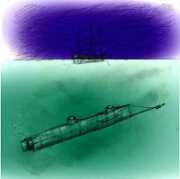
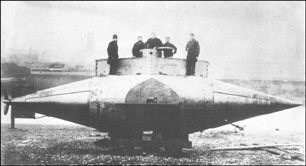

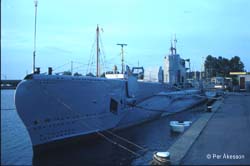
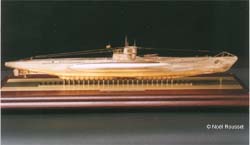
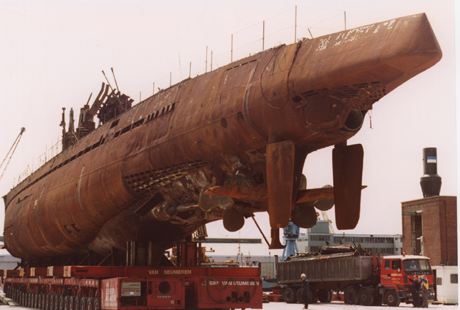
 Back to Nordic Underwater Archaeology
Back to Nordic Underwater Archaeology